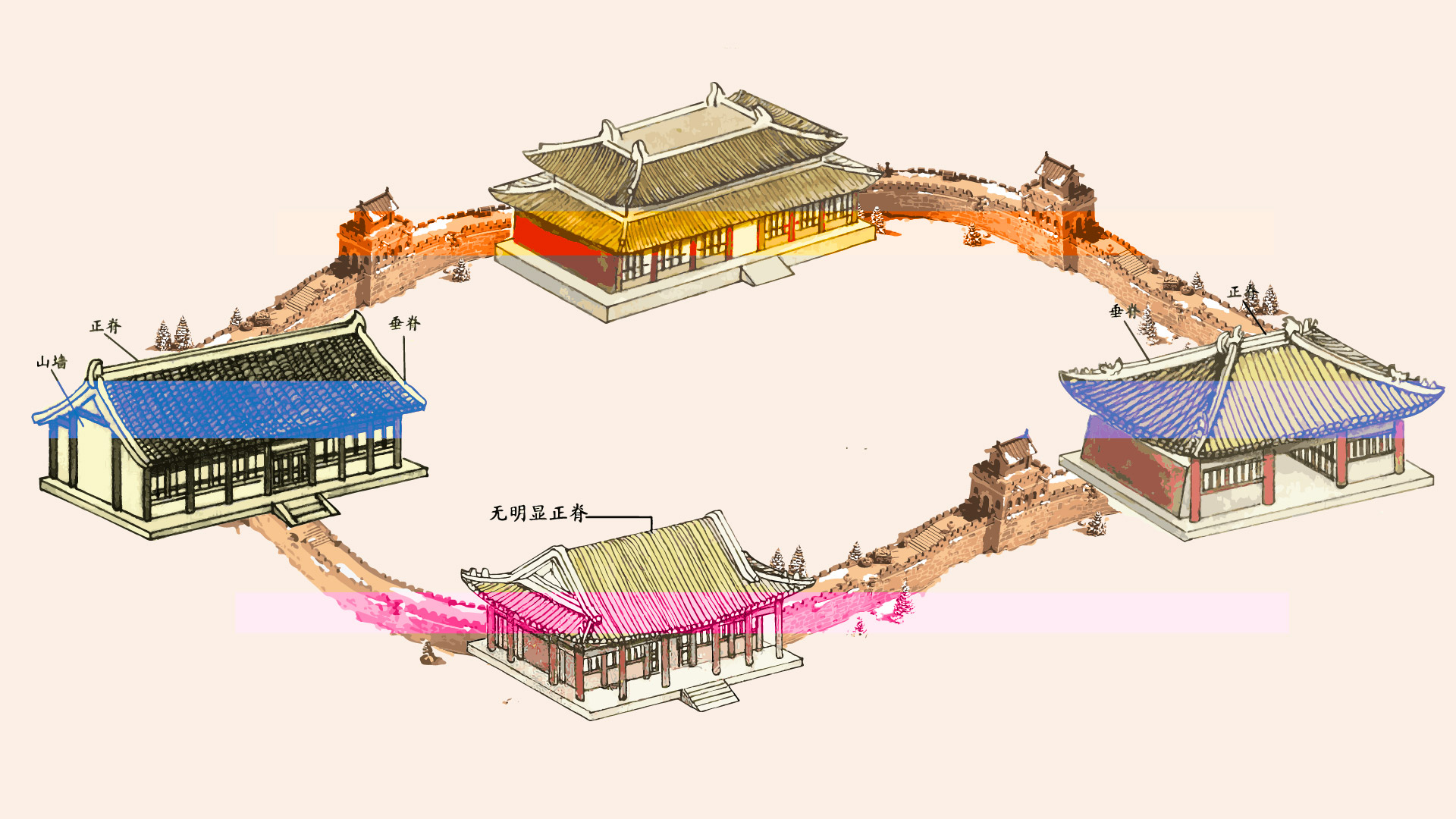- cross-posted to:
- genzedong@lemmygrad.ml
- cross-posted to:
- genzedong@lemmygrad.ml
Slums are concentrated urban poverty housing, usually extra-legally and cobbled together from low-quality materials. China does have some of this for migrant workers that do not have authorised housing, but it is at a vastly lower scale than peripheral countries that went in other directions (not run by commies). It's also the exact kind of thing that China addresses on a regular basis. The fact that I qualified with "unauthorised" is meaningful here - China provides free or subsidized housing to the vast majority of migrany workers. There are also very active programs to reduce and eventually eliminate migrant work.
Yes, absolutely. There's a mix of renters (separate housing), free housing, and then dorms/barracks-style living at the factory, usually with free food.
In cities in the coastal southeast there are a lot of neighbourhoods that are "urban villages" where workers, especially from the southwest, go to live. Older apartment buildings, no air conditioning, no elevators, narrow alleys, tiny factories on the first floor, cheap restaurants with dubious sanitation, sleazy hotels (with "massage" business cards littering the streets outside), massage shops with tinted windows, tiny KTVs.
HOWever, these places are not that bad, considering. I've never felt unsafe walking through any, as an obviously foreign person. They are fairly normal working-class areas. Crime rate is higher than in middle-class areas but still lower than the average neighbourhood in most western countries. Wages are low but living costs are also low. They are walkable, inhabitants don't need a vehicle to get necessities or go to work (though most still use scooters or ebikes), and there is always a hus line or even mass transit nearby. Compare to the worse parts of major cities in other asian countries, or latin american countries, or most of the world outside northwest europe/canada/AU/NZ, and these "slums" are fairly livealbe places.
Reminds me of this tweet where a Chinese travel blogger tweeted a picture of "slums" in Shanghai and the comments were just full of people pointing out that the old buildings in the photo are a bit shabby but in no way a slum.
Yeah, they were built in the 1920s or even earlier so they don't have good insulation, wiring, or even sufficient interior plumbing. The ones with historical value are being saved and renovated, but the majority will be torn down and replaced with something more suitable for human habitation.
That looks far better than my neighbourhood, and mine is not a slum at all

Like, c'mon it's obviously the homolog of those planned rowhouses neighbourhoods from, say, London
The OP comments downstream that the post was made mostly in jest. It was intended to juxtapose the relatively humble white plaster homes with the towering glass and steel skyscrappers.
Well, there's few and they're small, as they say in the article. Not "no slums", I've seen one in Beijing. It was relatively small, however. Definitely not similar to e.g. Dharavi
I’m in China right now and it’s pretty amazing how clean the city is here. Maybe it’s just the location I’m at, but everything I’ve seen so far is consistently nice compared to cities in the US. Roads look new, most buildings look new, and people generally look like they’re doing reasonably well and enjoying life.
I mean, I would have said that about Japan after my last visit. Inner city Tokyo is immaculate. Downtown Sapporo is beautiful. But... I wasn't exactly slumming it during that trip.
Riding the rail, I passed through plenty of communities that I would suspect were low income. But they were, in some cases very literally, fly-over country. The communities were very small. There were no major stops nearby. There was no real opportunity to interrogate quality of life, because I was just passing through at high speed.
From what I understand about QoL in China, there's a relatively big gap between urban living and rural living. That gap has shrunk considerable, but its still obvious enough that the country struggles to meet demand for urban migrants. Thus, I suspect you will find slums at the edges of major cities based largely on populations that aren't licensed to be there.
But, as the article notes, there does appear to be some general policy aimed at housing and governing these migrant cohorts. That's in stark contrast to Western states where people have the "freedom" to move throughout the country, absent any social services or support networks.
This is one of my pet peeves and you are the only person I've ever seen agree with me on it. A broken clock might never be right depending on how it's broken!
lmao china observer, look at this embarrassment 白魔鬼 going wild today









